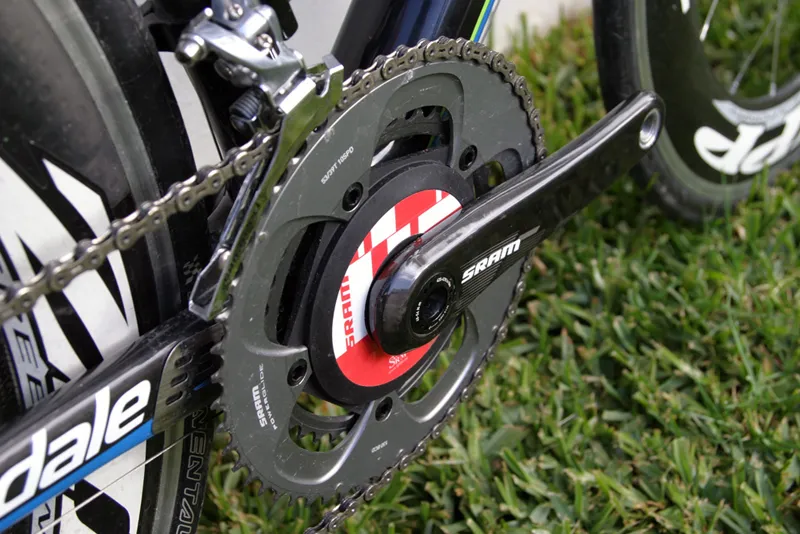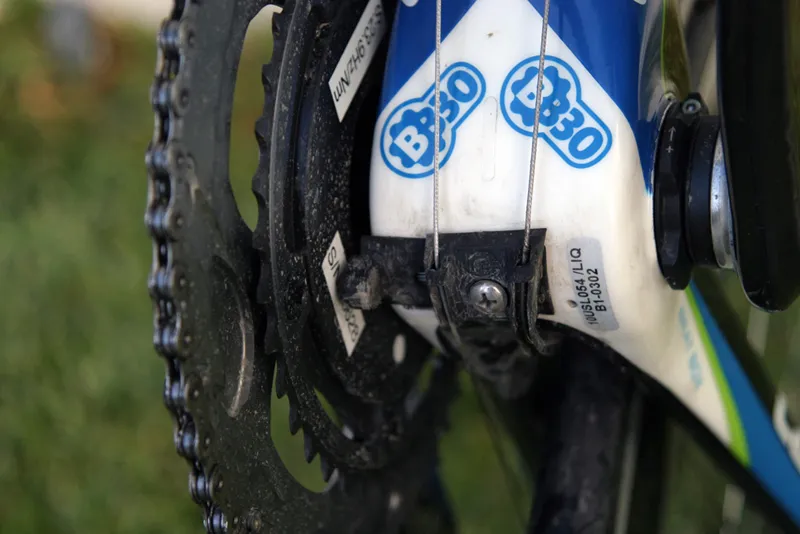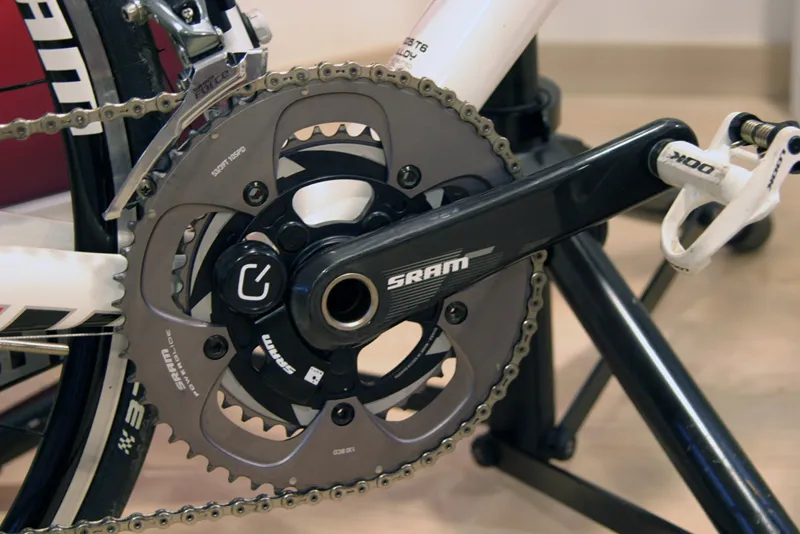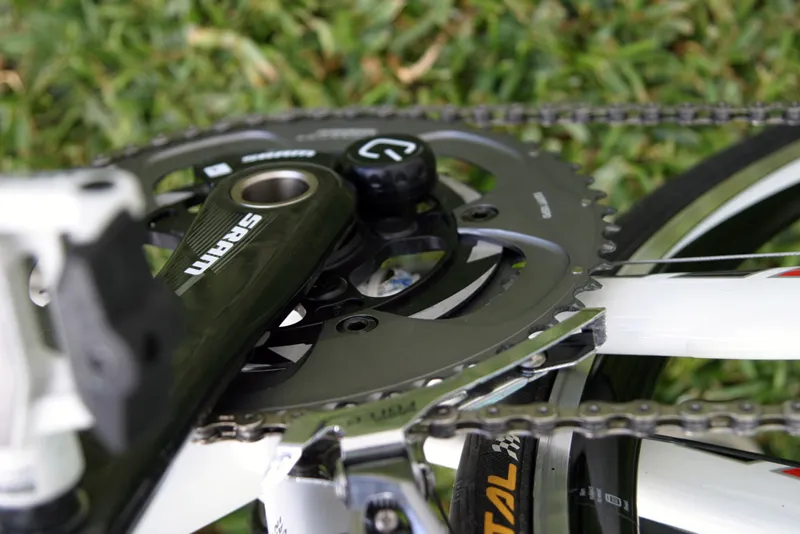SRAM have thrown themselves headlong into the world of power measurement with fully-integrated crankset collaborations with Quarq and SRM.
After reporting strong uptake of the systems through the Australian summer, SRAM are hopeful of similar success as the US and European riders thaw out from their record-breaking winters.
SRAM's power cranksets are based around South Dakota-based Quarq's relatively new CinQo Saturn and power pioneers SRM's long-standing and well proven unit. Compatible with all of SRAM's road groupsets, the cranksets do however differ from the design formula for the company's standard crank options.
The spider-mounting of both the Quarq and SRM systems meant SRAM couldn't simply transfer the carbon arms from their Red and Rival groupsets. Instead, the carbon arms featured on the power units were specifically designed to accommodate the necessary hardware.
Each version includes its own unique spider and both use a 130mm BCD for standard-sized chainrings. Available crank lengths range from 170mm to 177.5mm. In terms of frame compatibility, the cranksets can either be coupled with SRAM's GXP bottom bracket or the growing list of BB30 options.

Adorned in SRAM livery, the SRM version is compatible with the Germany company's own Power Control VI head unit and will also work with the forthcoming Power Control VII. Quarq don't offer their own computer head but since both systems employ the ANT digital wireless protocol, power-ready third-party units such as the Edge 705 and 500 from Garmin, iBike's iAero and CycleOps' new Joule 2.0 will readily pair up.
Direct-measurement power meters still remain premium products cost-wise but with the cranksets sold independent of the head unit options, there are some significant levels of leeway in the the outlay required for each system.
For example, with an MSRP of US$2,300 for the SRM crankset option, the cost difference between the SRM PowerControl VI ($1,000) and Garmin Edge 500 ($250) allows some flexibility for prospective purchasers.
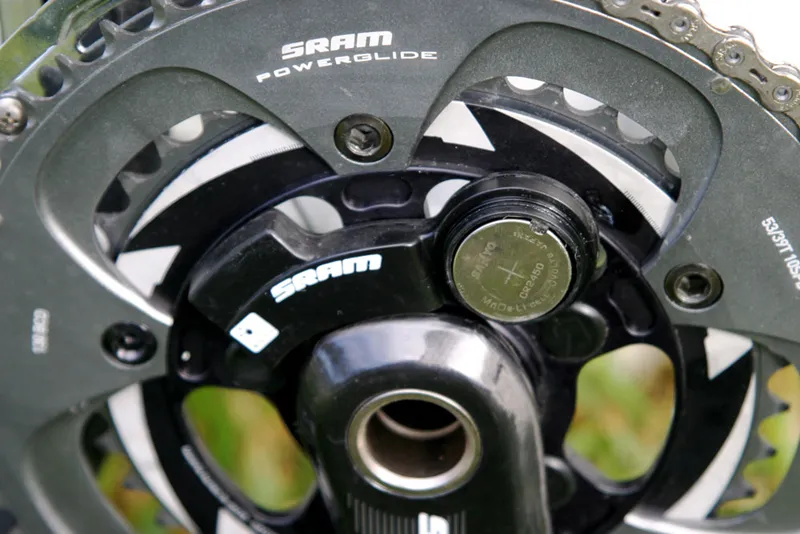
Specifications:
SRAM S975 Quarq Power Meter crankset
- Crank arms: Unidirectional carbon over internal aluminium skeleton (170mm, 172.5mm, 175mm or 177.5mm)
- Spider: 130mm BCD
- Chainrings: SRAM Red PG Chainrings (53/39T)
- Weight: 884g (with SRAM GXP bottom bracket)
- MSRP: $1,800 (£1,550 GXP/£1,650 BB30)
SRAM S975 SRM Power Meter crankset
- Crank arms: Unidirectional carbon over internal aluminium skeleton (170mm, 172.5mm, 175mm or 177.5mm)
- Spider: 130mm BCD
- Chainrings: SRAM Red PG Chainrings (53/39T)
- Weight: 922g (with SRAM GXP bottom bracket)
- MSRP: $2,300 (approx £2,300)

